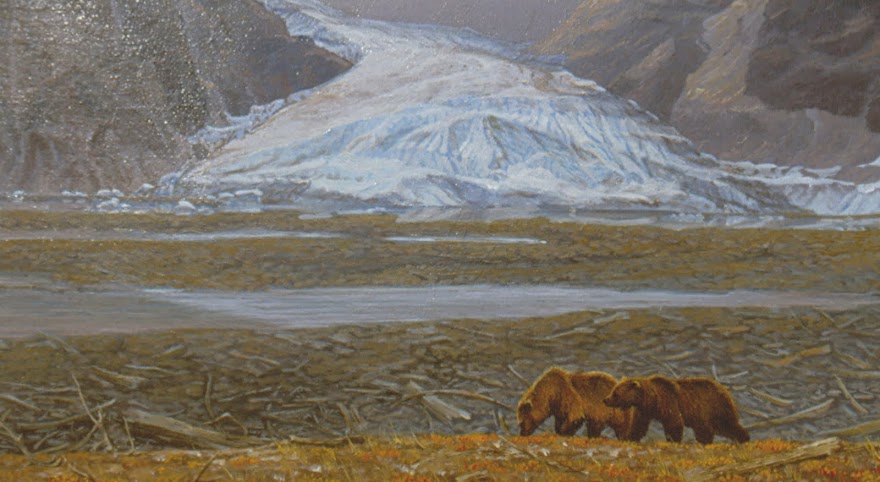Arguably my favorite lifer of 2009 is the Humboldt Penguin. I have wanted to see penguins for years.



Another cool species I saw on the Islas Ballestas, next to the penguins were Inca Terns.
The Peruvian Thick-knee is a large, nocturnal shorebird that inhabits the barren deserts along Peru's west coast.

Another of 5 new gull species in Peru was the Gray-hooded Gull. The others were, Andean, Kelp, and Gray Gulls.

Another west coast bird, Saffron Finch.
The commonly seen parrot in Lima is the, Red-masked Parakeet
The 5th species of booby that I've seen is the Peruvian Booby.
Wattled Jacanas are very common in the Amazon Basin.
A turkey sized oddity of the Amazon is the Horned Screamer.
A friendly flycatcher of the cloud forest is the Torrent Tyrannulet.
Black-fronted Nunbirds are another common Amazonian bird.
A bad photograph of a great bird, White-eared Jacamar.
A bird that occurs exclusively on inlands in the Amazon River is the wonderful, little, Red and White Spinetail.
Other favorite lifers I saw but did'nt get good photographs were,
Giant Hummingbird
Great Sapphirewing
Chilean Flamingo
Black-tailed, and Blue-crowned Trogon
Red-bellied Macaw
Slate-colored Hawk
Orange-crowned Mannakin
Chestnut, and Crimson-crested Woodpeckers
I got 100 plus lifers on that trip.

























